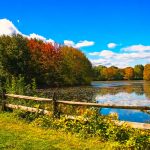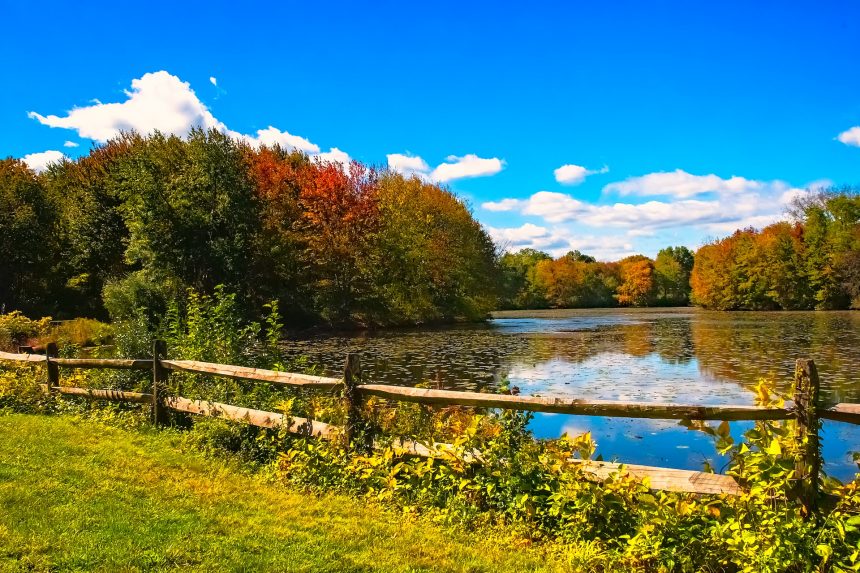Venturing into the heart of Wyoming’s backcountry, Kelsee Hurshman, a dedicated employee of the Wyoming Department of Environmental Quality, wades through the shallows of subalpine Upper Brooks Lake, an idyllic setting nestled in the Absaroka Range. The picturesque landscape, seemingly untouched by human presence, masks a toxic mystery unfolding beneath its serene waters — the emergence of cyanobacteria blooms.
Blue-green algae, or cyanobacteria, has left its mark on rivers, frozen lakes, and even subalpine watersheds, challenging the conventional perception of Wyoming’s pristine wilderness. Hurshman, accompanied by her team, embarked on a crucial mission to examine the cyanobacteria levels in Upper Brooks Lake, a backcountry basin situated at a lofty 9,100 feet.
The water, resembling pea soup with floating debris, tells a tale of potential danger. Despite its uninviting appearance, the lake is not immune to the harmful cyanobacterial blooms that have plagued the region. Wyoming’s Department of Environmental Quality issued a public advisory on August 24, signaling the presence of a cyanobacteria bloom. Hurshman, on September 20, aimed to assess the toxicity levels and determine if additional warnings were necessary.
As she collected samples from the algae-laden water, the team documented the species of cyanobacteria, its location in the water column, and its color. The investigation extended to other nearby lakes, including Brooks Lake, Upper Brooks, Rainbow, and Lower and Upper Jade lakes. Surrounded by Sublette Peak, the Breccia Cliffs, and the Pinnacle Buttes, these high-altitude lakes, seemingly free from human interference, face an unexpected challenge — nutrient problems and recurring cyanobacteria blooms.
Gwen Gerber, a hydrologist from Shoshone National Forest, disclosed that all named lakes in the area experienced blooms exceeding advisory levels, with two recording toxins beyond the recommended limits. The cause of these blooms remains elusive, with theories but no definitive answers. Ron Steg, leading the Lander office of the Wyoming Department of Environmental Quality, points to the high phosphate content in the watershed’s geology as a potential factor.
The investigation focuses on the Brooks Lake watershed, where algal blooms have been linked to fish kills downstream in the Wind River. Initially associated with Brooks Lake Lodge’s sewage lagoon, attention has shifted to nutrient problems and cyanobacterial blooms higher in the watershed, prompting a comprehensive study.
However, Wyoming’s cyanobacteria challenge extends beyond Brooks Lake. Last October, a recreation advisory was issued for the Wind River after a puppy died moments after drinking river water. Cyanobacteria toxin advisories persist in various areas, underlining the unpredictable nature of these blooms.
Late summer and early fall typically witness cyanobacterial blooms, but occurrences deviate from expectations. In December 2021, ice fishermen encountered a bloom in the frozen Keyhole Reservoir. Backcountry locations like Togwotee Pass are also experiencing unexpected blooms, challenging preconceived notions about the conditions conducive to cyanobacteria.
The mystery of Wyoming’s backcountry cyanobacteria blooms persists, leaving water quality specialists, environmentalists, and researchers grappling with unknowns. As the investigation intensifies, the delicate balance between preserving the pristine beauty of Wyoming’s landscapes and understanding and mitigating the impact of cyanobacteria becomes paramount.






